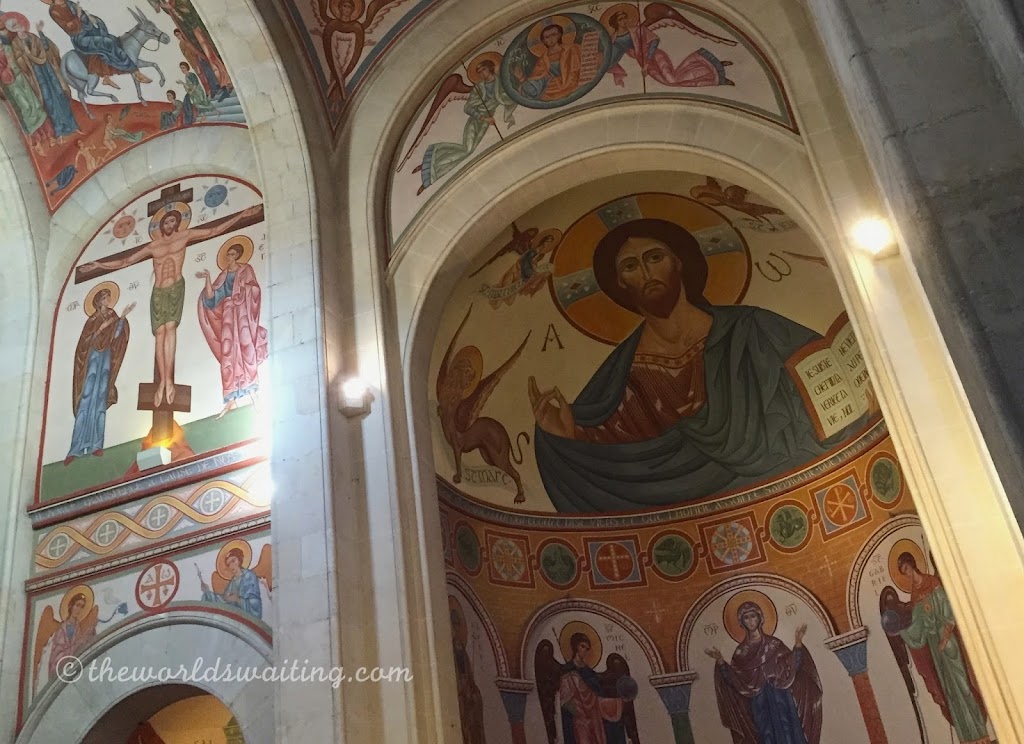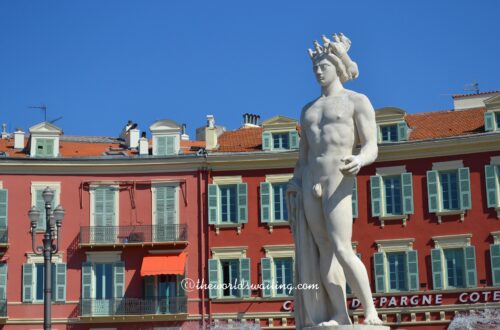
Plitvice National Park – a waterfall wonderland
If you’ve ever considered visiting Croatia, you’ve probably seen photos of Plitvice National Park. Perhaps it is the reason you want to go? The incredibly beautiful lake system, with a handmade walking path leading past several cascading waterfalls, lures thousands of visitors each year, and is definitely worth a visit.
Things to see at Plitvice
The main draw of the almost 300 metre square park is the large lake system. There are two large lakes and several kilometres of walking paths lead around each. As you wander along the handmade footpath of logs, sometimes with the water rushing beneath your feet, you pass pretty little waterfalls, large open sections of lake and often come face to face with beautiful walls of water cascading over the lips of the lake above. As well as the two large lakes, there are also around 14 other lakes, numerous stunning cascades, and even a cave with a view, making Plitvice a beautiful waterfall wonderland.
A different legend is associated with each lake and there are many stories to hear if you can take your eyes off the scenery. Despite being one water system there are several distinct areas of the park. In parts the lake water is bright turquoise, in others a vibrant green, depending on the varying mineral content. Sometimes the water trickles past the footpaths, in others it gushes over waterfalls. The largest waterfall drops an impressive 78 metres and, while you can stand right in front of it, it is best appreciated from the higher footpaths.

Several native species call the park home, including wolves, European brown bears and lynxes. While I would love to see these wild animals, I’m also quite glad we didn’t meet any up close as I have no idea what we would have done if we had met an unhappy wolf, bear or lynx! There are also birds including owls and eagles, and in some of the lower lakes the water is so clear you can see whole shoals of fish in it.
Founded in 1949, Plitvice is one of the oldest national parks in Europe. In 1979 it was further recognised as a UNESCO Heritage Site. Nestled on the border with Bosnia and Herzegovina, the park and the region surrounding it has been the backdrop of several conflicts, including those in the early 1990s. As you approach the park by road you may notice the remains of buildings that were damaged, some virtually destroyed, during the recent conflict.

Prepare for your visit to Plitvice
- Entry to Plitvice National Park is 180 kn / $32 US for adults, and is definitely worth it. The park is a haven of tranquillity that it is easy to spend several hours exploring. If the walking gets too much, a bus offers transport between different stations. Make sure you walk at least part of the way though, or you’ll miss the best views.
- Plitvice is in a mountain region that is much cooler than on the coast, rarely over 20 degrees centigrade, so make sure you have warm clothes and a raincoat in case you need them. I bought a make-do raincoat from the shop at the entrance to the park for €2 because it looked distinctly rainy when we arrived (and was very grateful for it later!) Good walking shoes are a must as there is lots of uneven and sometimes slippery ground.
- Food and drink are available at kiosks at the various stations in the park. They are at the stations in the park, and indicated on the map on the reverse of the entry tickets.




